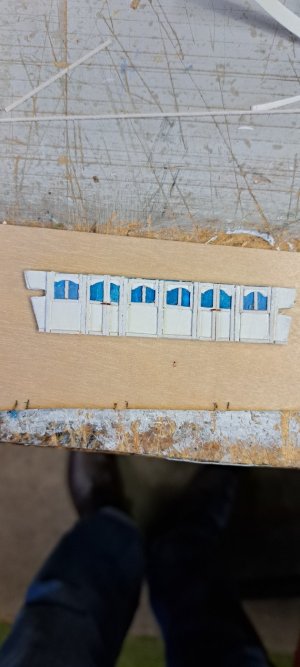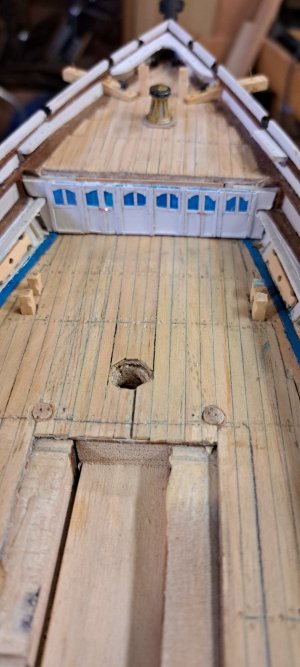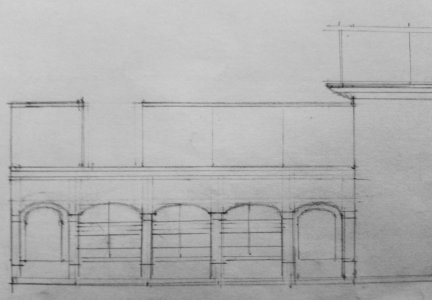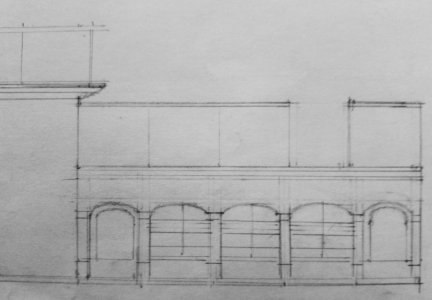- Joined
- Jun 29, 2024
- Messages
- 1,442
- Points
- 393

I have a model of Flying Cloud that my father built about 1945 from an AJ Fisher kit. It is unrigged as once the war ended he went on to build a full sized sailboat. About 2000 I received it from my sister poorly packed by the movers. I repaired the damage, freshened some paint, added stub masts and built a glass case. It has four capstans, a double on the focsle, a double on the main deck, and two singles on the poop. Although beautifully made, I don’t claim accuracy relative to you guys. Instead it’s simply a tribute to my father.
Speaking of capstans, the Wavertree at South Street Seaport has a two speed capstan; rotated in one direction it’s high speed, in the other it’s low speed. She was built 20-30 years after the Great Clippers, and of course it may not be original to ship.
Like many modelers I eas once enamored with the Nelson Era Wooden Walls. Lately I have become more interested in what I’ll call the industrial era period, about 1850- 1920.
Roger
Speaking of capstans, the Wavertree at South Street Seaport has a two speed capstan; rotated in one direction it’s high speed, in the other it’s low speed. She was built 20-30 years after the Great Clippers, and of course it may not be original to ship.
Like many modelers I eas once enamored with the Nelson Era Wooden Walls. Lately I have become more interested in what I’ll call the industrial era period, about 1850- 1920.
Roger















